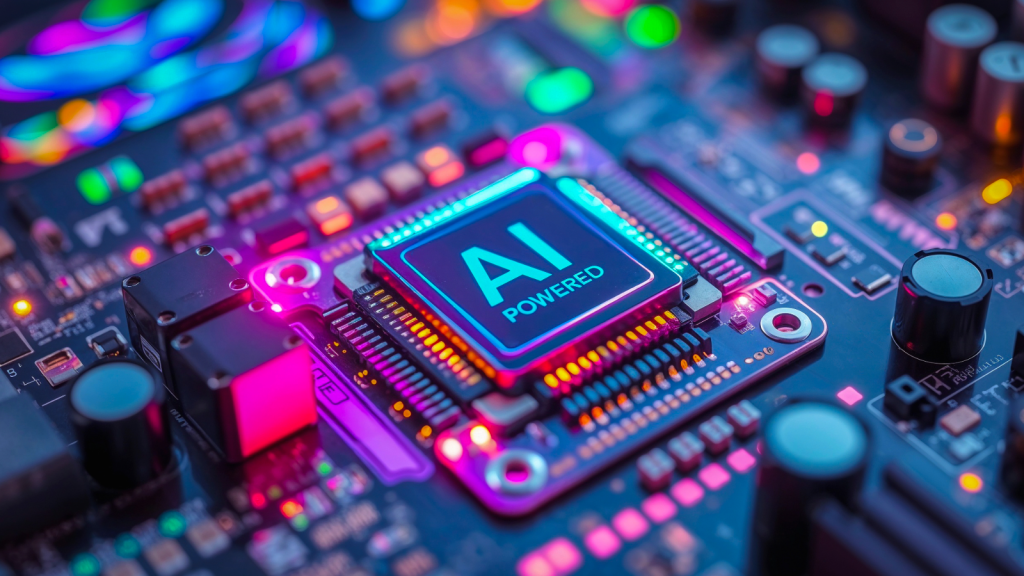VISIONS of leaving Earth and launching humanity further into the cosmos are enough to get anyone starry-eyed.
But the universe is full of mind-blowingly destructive forces and creepy celestial objects that are enough to spook even the folks at Nasa.
6

6
The US space agency has outlined some of the most terrifying cosmic curiosities in the universe – dubbed its ‘galaxy of horrors’.
Zombie worlds
Zombie worlds like planets Poltergeist, Phobetor and Draugr are inhospitable worlds that have been showered with intense pulses of radiation from a nearby dead star.
According to Nasa, “these doomed worlds were among the first [exoplanets] to be discovered as they orbit an undead star known as a pulsar.
“Pulsar planets like Poltergeist and neighbors Phobetor and Draugr are consumed with constant radiation.”
This trio of doomed worlds lies roughly 2,300 light-years away in the constellation Virgo.

6
Dark energy
Dark energy is the latest addition to the contents of the universe – and actually makes up a massive 70% of the cosmos, scientists believe.
“An unseen power is prowling throughout the cosmos, driving the universe to expand at a quickening rate,” says Nasa.
“This relentless pressure, called dark energy, is nothing like dark matter, that mysterious material only revealed by its gravitational pull.”

6
Monster black holes
Also known as supermassive black holes, these cosmic monsters can be millions to billions of times more massive than our Sun.
They are typically found at the centres of most large galaxies – including our Milky Way.
“Lurking in our galaxy, approximately 6,000 light-years from Earth, is a monster black hole named Cygnus X-1,” Nasa explains.
“Don’t get too close, or you’ll become its next meal!”
CygnusX-1 spans 700 light-years across. For context, it takes about 27,000 years to travel one light-year.

6
Gamma ray ghouls
Gamma-ray bursts could wipe out all life on Earth, though they are fortunately unlikely to hit us.
As Nasa explains: “In the depths of the universe, the cores of two collapsed stars violently merge to release a burst of the deadliest and most powerful form of light — gamma rays.
“These beams are unleashed and shine a million trillion times brighter than the Sun.”
These cosmic explosions are so powerful they can sterilise entire planets – or even vaporise them.

6
Space tornadoes
Nasa has recently observed so-called ‘space tornadoes’ in unprecedented detail with its $10billion James Webb Space Telescope.
This natural wonder occurred 625 light-years away in a corner of space that is bustling with newly born stars.
The ‘tornadoes’ are actually the giant plumes of plasma that pour out of stars as they’re born reaching dense areas of dust and gas in space.
All you need to know about planets in our solar system
Our solar system is made up of nine planets with Earth the third closest to the Sun. But each planet has its own quirks, so find out more about them all…
- How old is Earth? Plus other facts on our planet
- How many moons does Mercury have?
- What colour is Venus?
- How far away is Mars to Earth? And other facts on the red planet
- How big is Jupiter?
- How many moons does Saturn have?
- Does Uranus have rings?
- How many moons does Neptune have?
- How big is Pluto?
- How hot is the Sun?










